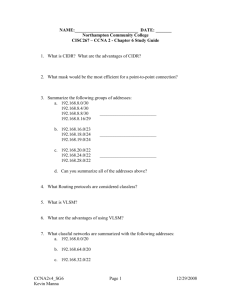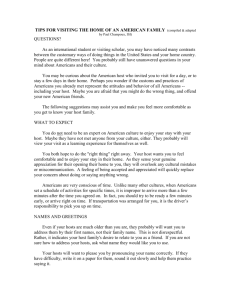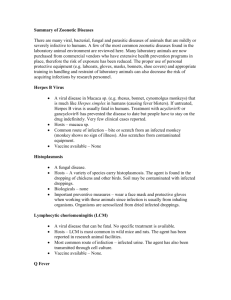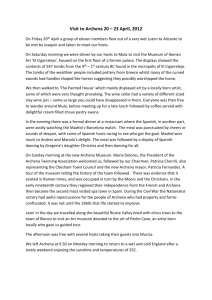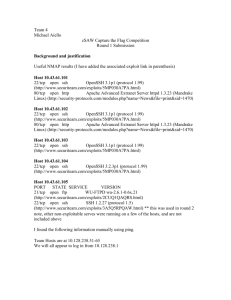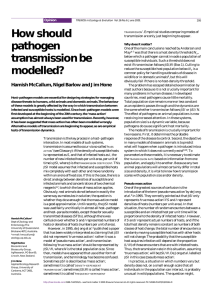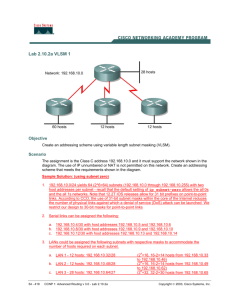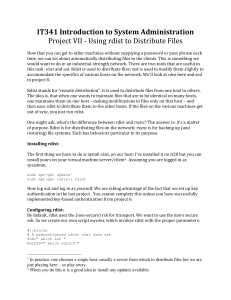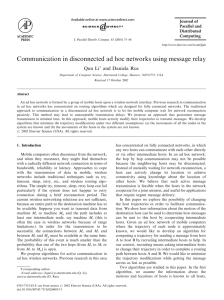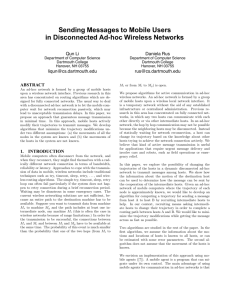The micro-parasite pool
advertisement
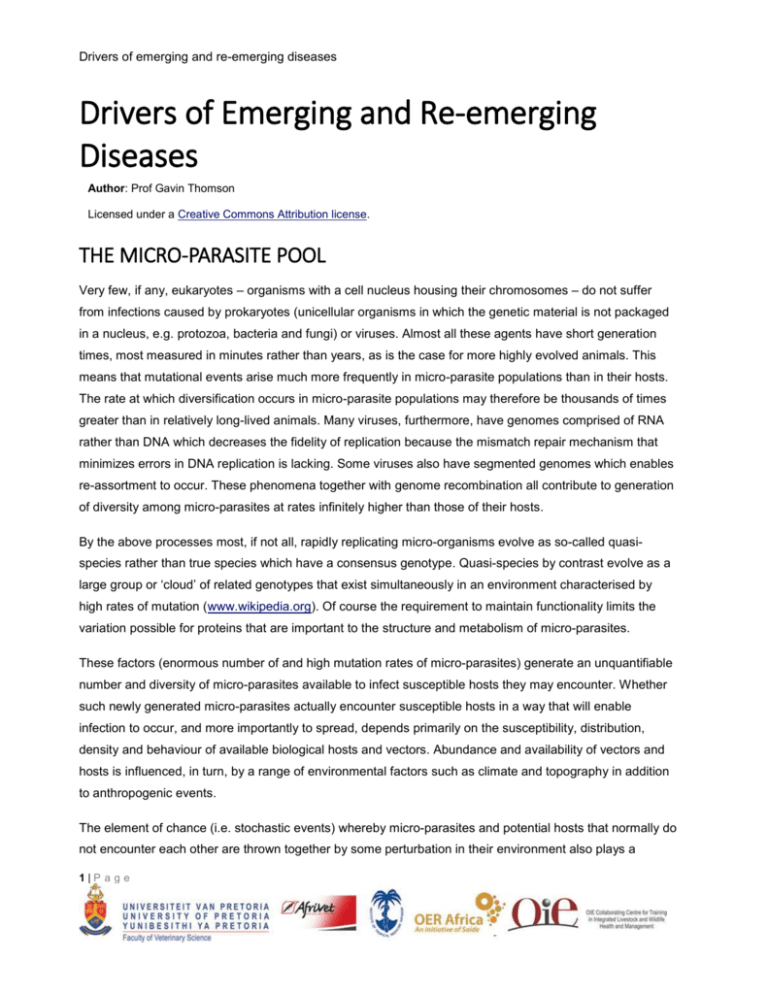
Drivers of emerging and re-emerging diseases Drivers of Emerging and Re-emerging Diseases Author: Prof Gavin Thomson Licensed under a Creative Commons Attribution license. THE MICRO-PARASITE POOL Very few, if any, eukaryotes – organisms with a cell nucleus housing their chromosomes ‒ do not suffer from infections caused by prokaryotes (unicellular organisms in which the genetic material is not packaged in a nucleus, e.g. protozoa, bacteria and fungi) or viruses. Almost all these agents have short generation times, most measured in minutes rather than years, as is the case for more highly evolved animals. This means that mutational events arise much more frequently in micro-parasite populations than in their hosts. The rate at which diversification occurs in micro-parasite populations may therefore be thousands of times greater than in relatively long-lived animals. Many viruses, furthermore, have genomes comprised of RNA rather than DNA which decreases the fidelity of replication because the mismatch repair mechanism that minimizes errors in DNA replication is lacking. Some viruses also have segmented genomes which enables re-assortment to occur. These phenomena together with genome recombination all contribute to generation of diversity among micro-parasites at rates infinitely higher than those of their hosts. By the above processes most, if not all, rapidly replicating micro-organisms evolve as so-called quasispecies rather than true species which have a consensus genotype. Quasi-species by contrast evolve as a large group or ‘cloud’ of related genotypes that exist simultaneously in an environment characterised by high rates of mutation (www.wikipedia.org). Of course the requirement to maintain functionality limits the variation possible for proteins that are important to the structure and metabolism of micro-parasites. These factors (enormous number of and high mutation rates of micro-parasites) generate an unquantifiable number and diversity of micro-parasites available to infect susceptible hosts they may encounter. Whether such newly generated micro-parasites actually encounter susceptible hosts in a way that will enable infection to occur, and more importantly to spread, depends primarily on the susceptibility, distribution, density and behaviour of available biological hosts and vectors. Abundance and availability of vectors and hosts is influenced, in turn, by a range of environmental factors such as climate and topography in addition to anthropogenic events. The element of chance (i.e. stochastic events) whereby micro-parasites and potential hosts that normally do not encounter each other are thrown together by some perturbation in their environment also plays a 1|P a g e Drivers of emerging and re-emerging diseases significant role in determining whether potential micro-parasites and hosts actually meet in ways that enable infection to occur. These are largely unpredictable and invariably become evident only in hind-sight. Even when ‘new’ micro-parasites arise in a particular environment where susceptible hosts are present in sufficient numbers and density, perpetuation of the new host-parasite relationship depends on the hosts being able to pass the infection on to at least, on average, one other member of that host population. The average number of secondary cases that each case of an infection generates in a fully susceptible population is known as the basic reproduction number (R0). This is a theoretical number that may differ somewhat from the effective reproduction number (R) because populations are rarely uniformly susceptible to any particular infection. Where a new micro-parasite/host infection occurs but R0 is less than 1 (likely to be the majority of cases), the infection will not be maintained in the population and the micro-parasite will not be able to maintain itself in that environment (unless some other mechanism enabling long term persistence exists, e.g. spores that are able to lie dormant in the soil for decades, as in the case of anthrax). If, conversely, R0 is greater than 1, there is potential for spread ‒ the higher R0 the greater the potential ‒ within the susceptible population and therefore creating the possibility for an epidemic to occur (Rustom et al., 2003; Hayman, 2011). In the case of animal multi-host pathogens R0 will obviously be different for each pathogen-host combination and the composite in any particular location is therefore unpredictable. It is also recognised that, in general, the faster parasites are able to propagate (i.e. those with high R0 values) the more difficult they are to control. High R0 values also generally result in periodicity in the rate at which new infections occur in a population which contributes to the epidemic nature of infections with high R0’s (Anderson et al., 1979). This periodicity results from the changing ratio over time between susceptible, infected and immune (i.e. recovered or immunised) animals in the population, viz. the classic SIR (susceptible-infected-immune) model for the behaviour of infectious disease (http://en.wikipedia.org/wiki/Epidemic_model). 2|P a g e



